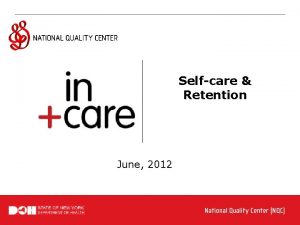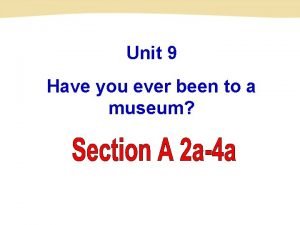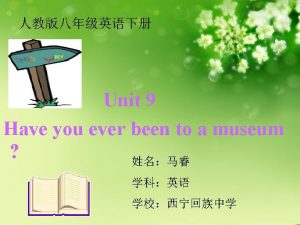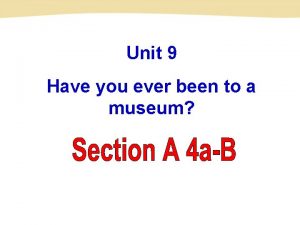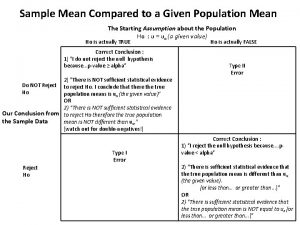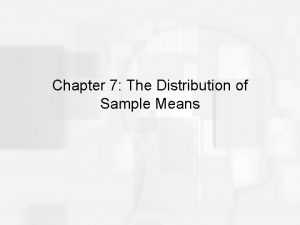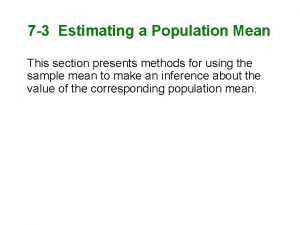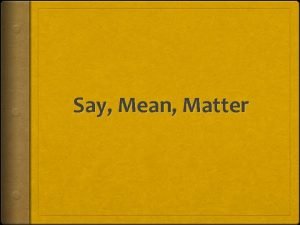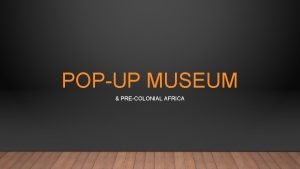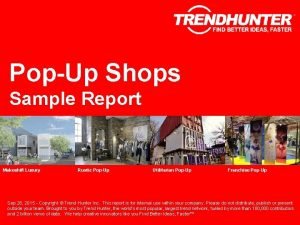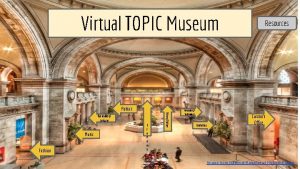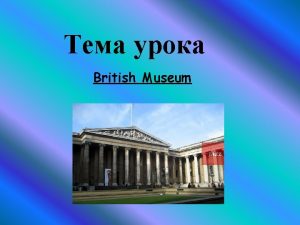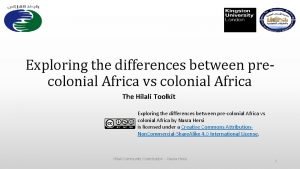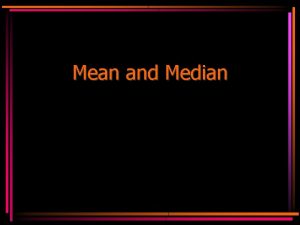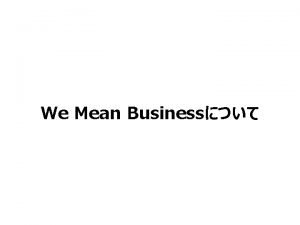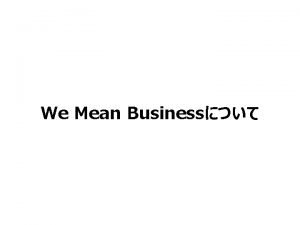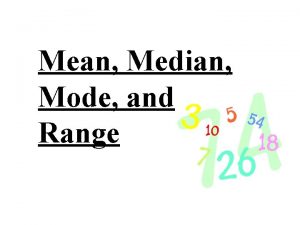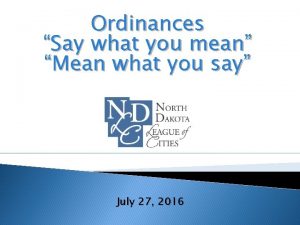POPUP MUSEUM PRECOLONIAL AFRICA WHAT DO YOU MEAN















- Slides: 15

POP-UP MUSEUM & PRE-COLONIAL AFRICA

WHAT DO YOU MEAN “POP-UP”? • Something that comes for only a short time and then it’s gone. • Think of the onomatopoeia “Pop” (very sudden, big impact, but then it ends) • You can pop-up and scare someone. it happens very quickly • You can pop-in and visit someone it is unannounced, happens randomly

POP-UP BOOK

POP-UP OFFICE

POP-UP STORE

WHAT IS A POP-UP MUSEUM? • A space where artifacts “pop-up” and are available for a short time. Soon they will be gone. • Available space? Parts of the walls and windows! • Our Pop-Up Museum topic: Pre-Colonial Africa Artifacts

WHAT WILL YOU BE DOING? • Take your artifact analysis organizer to your designate image. • Examine the image. Read captions and context. • Look at prompt, questions on sheet. Discuss with classmates. Record your ideas. • Move clockwise at my instruction. • Time at each station: we will start with 4 -5 minutes per station.

WHAT DO PRE-COLONIAL AFRICAN ARTIFACTS SHOW US ABOUT THEIR CULTURE? (Our Essential Question)

EXAMPLE Head of an Oba, from Benin (about 1550, present day Nigeria) Context: Cast brass heads, replicas, of Obas, the leaders or kings, were ordered by the kings of Benin to be placed on royal ancestor altars. The Obas were considered to be partially divine (god-like). When they came to the throne, one of the first things they had to do was create an altar honoring the previous Oba/King. Iron (type of metal used) was thought to represent unstoppable strength.

ARTIFACTS • Image A: Ivory Salt Cellar from Benin (1525 -1600, ivory, present day Nigeria) • Image B: Brass Plaque-Oba on Horseback (1550 -1680, Brass, Benin, present day Nigeria) • Image C: Image D: Pendant Mask from Benin (16 th century, Ivory) • Image D: Seated Figure from Mali (1235, Terracota) • Image E: Asante Gold-Weights (circa 1700, brass, present day Ghana)

IMAGE A Ivory Salt Cellar 1525 -1600, made of Ivory Benin Empire, Present-day Nigeria This salt cellar is made of ivory and objects such as these were perhaps the first known examples of “tourist art” in Africa as they were made specifically foreigners/visitors.

IMAGE B Plaque- “Oba on Horseback” 1550 -1680, made of brass Benin Empire, Edo peoples, Presentday Nigeria This is just one many plaques created. They show the Oba and various people involved in his life. The plaques were mounted on the palace pillars by nails. The size of a person on a plaque indicts their importance. The use of brass, a very expensive and rare metal at the time, on this plaque shows the Oba’s control and power, who was the only one allowed to use Brass.

IMAGE C Pendant Mask 16 th century, Benin Empire, Edo peoples, present-day Nigeria This pendant mask was created in the 16 th century for an Oba, king, named Esigie, in honor of his mother Idia. She has a choker/necklace and crown with Portuguese figures and mudfish. The 4 marks on either side of her forehead are scarification marks and the number indicates her female gender.

IMAGE D 13 th Century, about 1235, made of Terracotta Mali empire (present day Niger) The terracotta figures associated with this civilization represent men and women doing a variety of things. Artists modeled these types of figures by hand the variety of different types, people, and images depicted show the freedom the artists had.

IMAGE E Gold-Weights of various shapes and sizes About 1700, made of brass by the Asante, Akan peoples, Present-day Ghana Gold was a natural resource in many parts of West Africa, hence its nickname “Gold Coast” by Europeans. These small figures were created with brass and served as the first gold-weighing system for the trade at the time. The Europeans, mainly Portuguese, traded various items like guns for gold. The weights were used to ensure fair trades and measure the weight of gold being traded.
 Escultura precolombina en honduras
Escultura precolombina en honduras Popup de rétention
Popup de rétention Slidetodoc.com
Slidetodoc.com Microsoft office privacy settings popup
Microsoft office privacy settings popup Have you ever been to disneyland
Have you ever been to disneyland Have you ever been to a museum
Have you ever been to a museum Have you ever been to a museum
Have you ever been to a museum Could you tell me please
Could you tell me please Difference between sample mean and population mean
Difference between sample mean and population mean What is absolute deviation in math
What is absolute deviation in math If σm = 4 and n = 36, then σ =:
If σm = 4 and n = 36, then σ =: How to calculate point estimate
How to calculate point estimate Mean of the sampling distribution of the sample mean
Mean of the sampling distribution of the sample mean What does mean mean
What does mean mean Mean deviation from mean
Mean deviation from mean Say mean matter chart examples
Say mean matter chart examples

